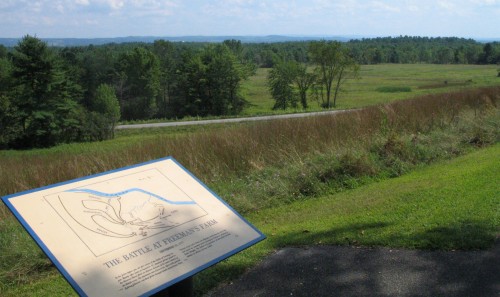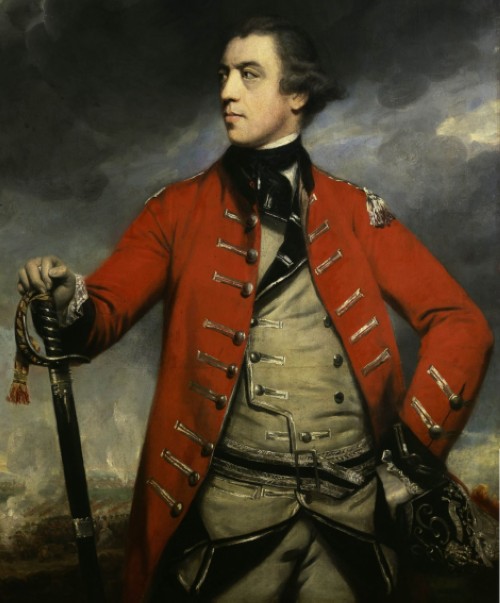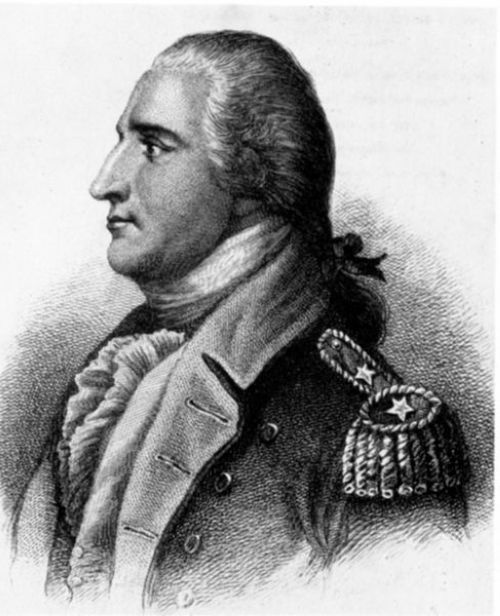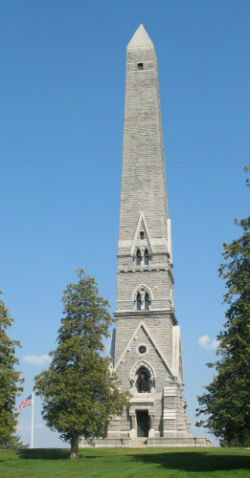Known as the turning point of the Revolutionary War, the Battle of Saratoga was fought on September 19th and October 7th in 1777. Its two battles are also known as the Battle of Freeman’s Farm and the Battle of Bemis Heights, from where they took place, in upstate New York near Saratoga.
Benedict Arnold, America’s first traitor, as some call him, made his greatest stand in this fight.
The Battle of Saratoga as a Turning Point

Freeman’s farm, where the first of the battles of Saratoga took place, used with permission
In September of 1777, the British were in control of New York, Rhode Island, and Canada. Native Americans and Germans had decided to side with the British. General Howe was about to take Philadelphia, the self-proclaimed capital of the new United States of America.
The march of British General John Burgoyne down the Hudson River and General Henry Clinton up the Hudson River seemed to spell the end of the American resistance.
This seemed all the more certain when General Burgoyne began his march by easily capturing Fort Ticonderoga.
The British Plan
General John Burgoyne’s plan was to march from Canada, down the Hudson river, and to capture Albany. With the British already in control of New York, Burgoyne figured it would be child’s play to take the Hudson river valley between the two cities once Albany was secured.
The March Down the Hudson River

He and his forces capture Ft. Ticonderoga without a problem, but the journey through the Hudson river valley proved more difficult than expected.
The slow going was not the only problem. Gen. Burgoyne sent troops to Vermont to procure supplies and cattle, but they were attacked and defeated, costing Burgoyne a thousand men. A contingent of Native Americans decided to return home, lessening his numbers even more. And on top of all that, General Lincoln, a Virginian patriot, had gathered a group of men ranging to 750 people went to fight the British from the back. By picking off the British ranks from behind trees, they weakened Burgoyne’s army considerably.
The problems gave the American army time to set up defenses on the river at Bemis Heights, south of Saratoga.
The First Battle of Saratoga at Freeman’s Farm
The British were dependent on the river to transport supplies, but with Lincoln behind and patriot fortifications and cannons ahead, Burgoyne tried to slip a detachment of soldiers inland. There, at the farm of one John Freeman (a Loyalist, supporting the British), they ran into American troops under the control of General Horatio Gates.
Officially, the Battle at Freeman’s farm—the first battle of Saratoga—was a victory for the British. Despite being held to a standstill and being picked off by American sharpshooters, they eventually drove the Americans from the battlefield with the help of German reinforcements that arrived during cthe day.
However, during the battle on Freeman’s Farm, Burgoyne lost two men to each rebel.
Still hoping for reinforcements from General Howe in New York, Burgoyne decided to set up camp and hold what he had gained. The patriots, driven from the battlefield once already, let him do so.
But the British would not get their reinforcements.
British Reinforcements Do Not Arrive
In New York City, British General Howe had left New York to take Philadelphia. He left a contingent of British regulars there under the command of General Henry Clinton to defend the city.
General Clinton sent a letter to Burgoyne that was received just after the battle of Freeman’s farm. It promised that he was coming up the Hudson with reinforcements from New York. Unfortunately, the furthest north Clinton would reach was Clermont, nearly 50 miles from Albany and 70 from Bemis Heights.
The Second Battle of Saratoga at Bemis Heights
By October 3, General Burgoyne realized that General Clinton would never arrive in time. He was already forced to put his men on limited rations, and he did not want to surrender to the Americans, whom he considered almost conquered.
He decided on a rush on the patriots’ left flank, which he performed on October 7.
It was hopeless. While Burgoyne was losing men to American sharpshooters, the Americans had been joined by General Lincoln’s forces plus a steady stream of militia men. They easily withheld the British attack, and they almost killed General Burgoyne, shooting his horse, his hat, and his waistcoat.
Driven back, the British trooped gathered behind a couple redoubts (temporary fortifications), which were held nobly until an unexpected participant roared into the midst of the battle.

General Benedict Arnold at the Battles of Saratoga
Before Benedict Arnold was a traitor, he was a loyal American, and nowhere was he more effective than at the Battle of Saratoga.
General Arnold led much of the first battle at Freeman’s farm, but bickering with General Gates led to his being relieved of command between battles.
Once the battle was engaged, however, Arnold could not restrain himself, despite the fact that Gates had confined him to his tent. Riding wildly into the battle—to this day it is rumored that he was drinking—he led the attack on the British redoubts, broke the line of Canadian forces between them, and opened an attack on the rear of the redoubts by American troops.
As the redoubt was taken, Arnold was shot, breaking his leg. He was finally retrieved by the officer Gates had sent after him and returned to camp on a stretcher.
Darkness fell, and General Burgoyne led his beleauguered troops in flight back to Saratoga.
Outcome of the Battle of Saratoga
Reinforced and rejuvenated American troops set siege to Saratoga, and Burgoyne, realizing the hopelessness of the situation, surrendered on October 17, 1777.
The Americans accomplished far more, however, than saving the Hudson River valley and getting General Burgoyne to surrender …
As a result of the American victory, the French gained enough confidence to begin to support the Americans militarily. They had already provided supplies, but now they would supply soldiers and join the patriot army in resisting the English.
Spain, too, decided to assist the war on the American side.
Clearly, the newly-established Republic turned the tide of the Revolutionary War when General Burgoyne surrendered his British troops to the Americans at the Battle of Saratoga. Confidence and hope were given to French and Americans alike, and Benedict Arnold, whose name is synonymous with treason, must also be credited with a major role in the American War for Independence.



